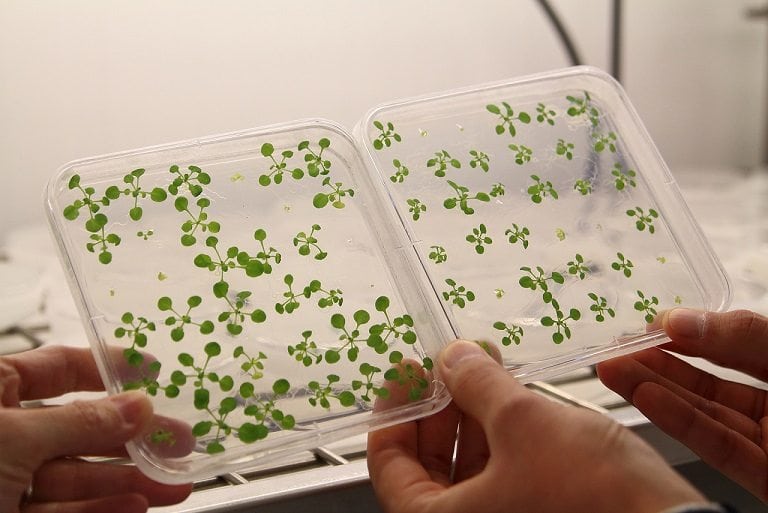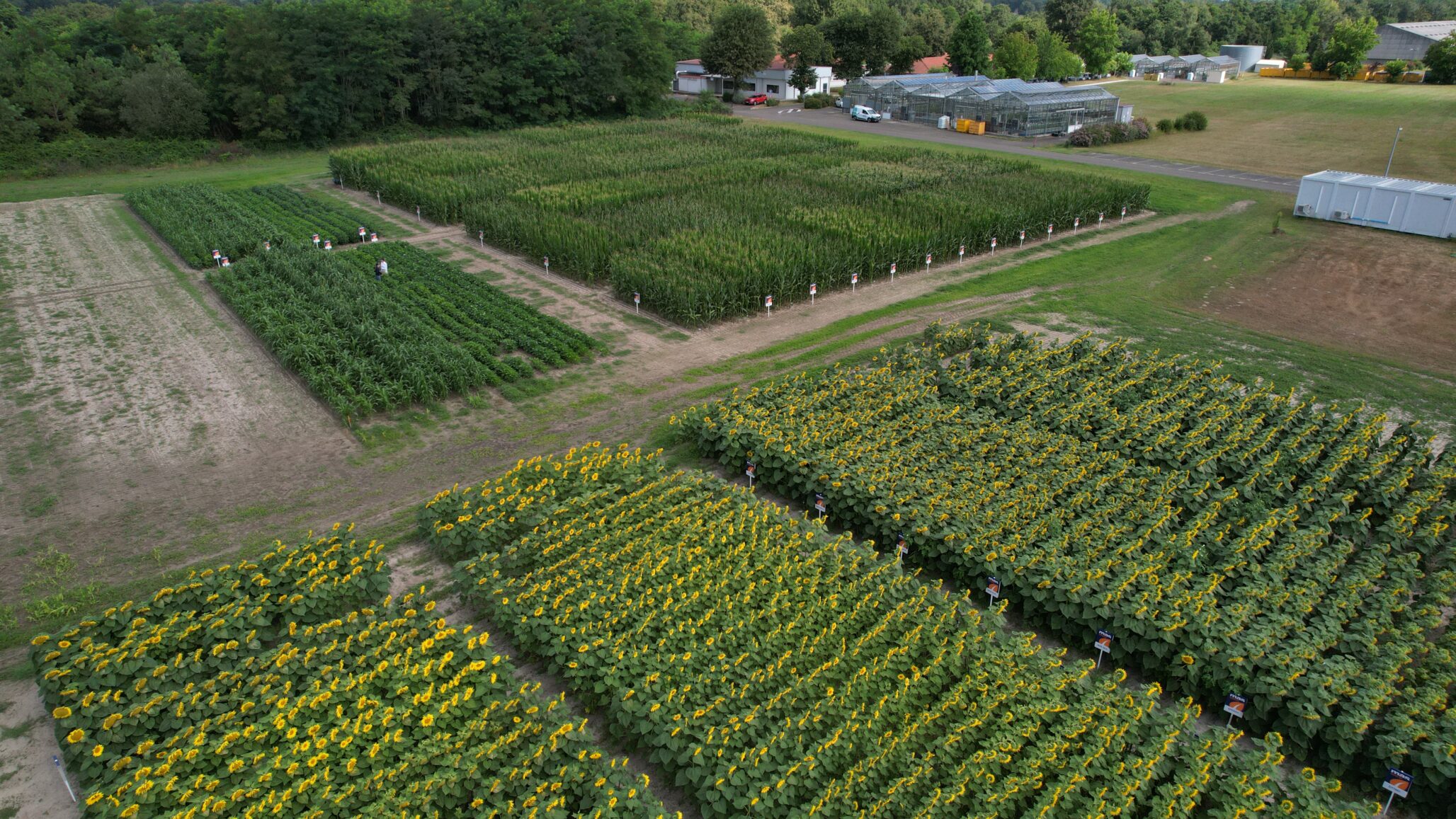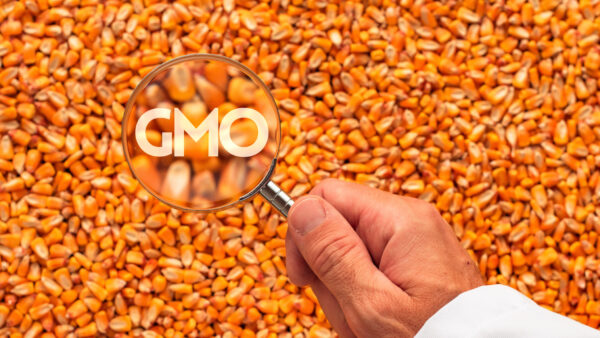Biological rhythms are ubiquitous in nature, from the beating of the heart to the rhythms of flowering plants. This rhythmicity is in some instances determined by the oscillations in the activity of proteins, present in our cells, which mark the rhythms of the processes they control. The two main cellular oscillators are the so-called circadian clock and the cell cycle. The circadian clock – awarded last year with the Nobel Prize in Physiology or Medicine – is responsible for generating the oscillations of biological processes in coordination with the day and night cycle and its associated changes in light and temperature. In turn, the cell cycle is responsible for the division and growth of cells. If the cell cycle does not work properly, the effects on organisms are very dramatic, the most well-known being the development of cancer. Therefore, the cell cycle must be very tightly regulated to avoid a possible malfunction.
Now, a research team from the Centre for Research in Agricultural Genomics (CRAG), led by the CSIC researcher Paloma Mas, has shown, for the first time in plants, that the circadian clock controls the speed of the cell cycle and, consequently, regulates the cell division and growth in synchronization with the day and night cycles. “We have shown that the circadian clock is closely connected and sets the timing of the cell cycle in plants,” explains Paloma Mas, the study’s principal investigator.
Increased TOC1 protein slows down both the circadian clock and cell division
The discovery, which is published this week in the journal Developmental Cell, was made using the model plant Arabidopsis thaliana. The CRAG team used modified plants in which the circadian clock goes slower due to an increased and constant accumulation of TOC1, an essential component of the plant circadian clock. Their studies showed that these plants and their leaves were smaller than normal. “When we counted the number of cells in the leaves of the plants that overexpress TOC1, we saw that there were fewer cells, which suggested that by modifying the circadian clock, we were also modifying the cell division pace,” explains Jorge Fung, pre-doctoral student and first author of the work.
In addition, the CRAG research team observed the opposite effect by decreasing the amount of TOC1: “not only the circadian clock goes faster when there is less TOC1 but also the cell cycle speeds up,” says Paloma Mas. Thus, the authors show that the circadian clock sets the pace of the cell cycle.
TOC1 represses an essential cell cycle gene
To reveal how the circadian clock controls the cell cycle, the researchers analysed the duration of each cell cycle phase in the leaves of plants that overexpress TOC1 and compared it with control plants. They discovered that plants with a longer circadian cycle spent more hours at the G1 phase of the cell cycle. “The cells of the plants that overexpress TOC1 remain longer at the G1 phase, failing to enter the S phase at the appropriate time,” says Jorge Fung.
By analysing the expression of cell cycle genes in the Arabidopsis leaves, the researchers discovered that several of these genes had altered oscillations in plants with high accumulation of TOC1. In particular, it was very evident that the diurnal peak of expression of the CDC6 gene was totally lost as a consequence of the increased TOC1 activity. “CDC6 is a key protein in the cell cycle, particularly during the duplication of DNA, which occurs at the S phase,” points out Paloma Mas.
Further experiments demonstrated that TOC1 binds to the promoter of the CDC6 gene to repress its expression. “These results demonstrate that the molecular mechanism by which the circadian clock regulates the cell cycle depends on the repressing function of TOC1 on CDC6,” explains Paloma Mas. “It is a new discovery in plants,” she adds.
Changes in the circadian clock function affect the development of tumours
Lastly, the researchers hypothesized that if the circadian clock controls the timing of the cell cycle, it might also control the development of tumours, which occur when cells proliferate uncontrollably. To test this idea, the CRAG team infected the Arabidopsis plants with a bacterium that induces the formation of tumours and found that, compared to normal plants, tumour growth was delayed in plants that overexpress TOC1. Thus, tumours grew slower in plants with a slow clock.
It is evident that knowledge on ways to control plant growth and productivity has an important agronomic interest. Additionally, this discovery opens up the possibility of future studies focused on identifying mechanisms that slow down the circadian clock as a possible therapeutic tool to delay the development of tumours in humans.
Source: Centre For Research In Agricultural Genomics











